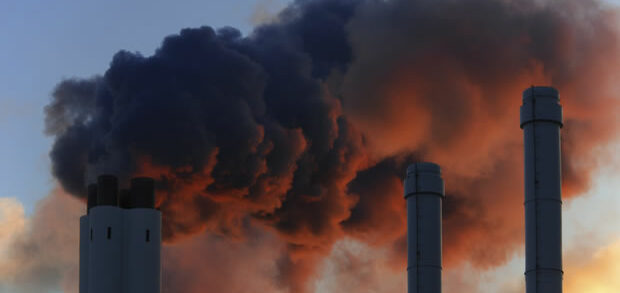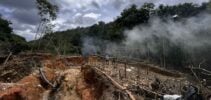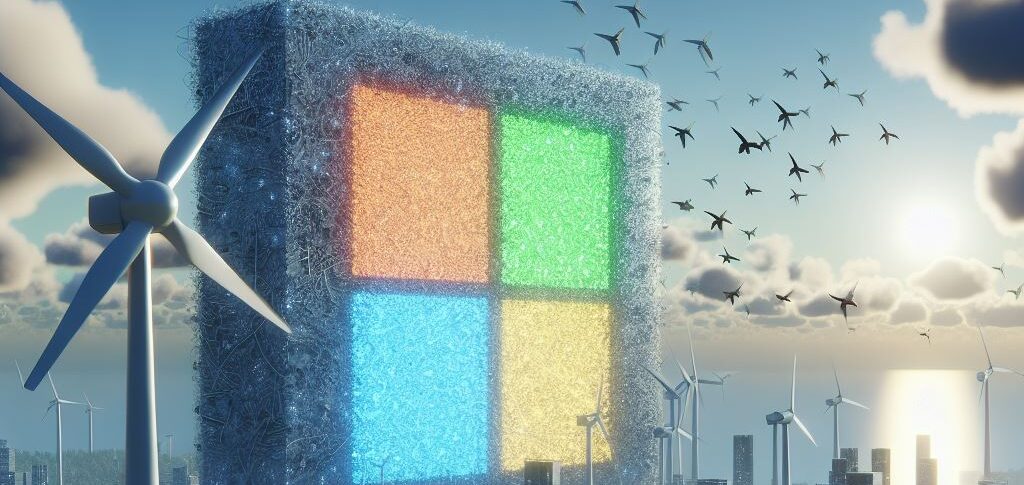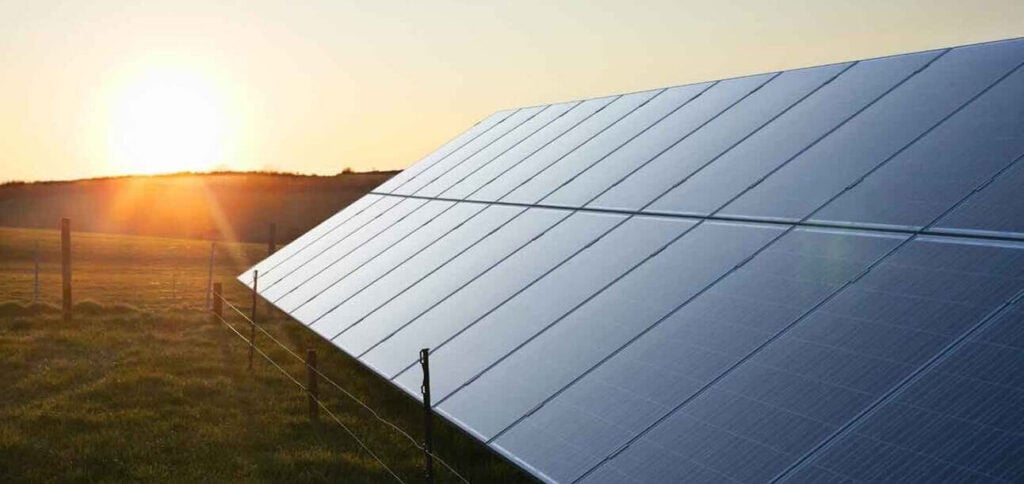The platform's objective is to offer disaggregated data on these emissions, which would help to develop more efficient policies to reduce or limit them.
ADVERTISING
The three main greenhouse gases are carbon dioxide (CO2): methane (CH4) and the nitrous oxide (N2O).
The project was approved last week during a meeting of the executive board of the World Meteorological Organization (WMO), but still needs approval from its congress, which will take place in May in Geneva.
“Currently, we know the excess CO2 we release into the atmosphere each year. We have global data,” said Lars Peter Riishojgaard, deputy director of the WMO infrastructure department, at a press conference.
ADVERTISING
More “Everyone can say 'it's not me, my company is carbon neutral' or if it's a country, they can say 'I reduced my emissions so much last year'”He explained.
The UN seeks to put an end to this situation through a monthly updated database, which will allow the origin of emissions and the location where they are released to be examined on a map. Until now, global data was published annually.
The international organization also hopes that it will contribute to better implementation of the objectives of the 2015 Paris Agreement, which aim to limit global warming to a maximum of 1,5ºC.
ADVERTISING
“Thanks to our data, we know that greenhouse gas concentrations in the atmosphere are at a record high”, stated the WMO Secretary General Petteri Taalas, in a statement.
“The increase in CO2 levels between 2020 and 2021 was higher than the average growth rate of the last decade. Methane recorded the largest annual increase” since the data began to be monitored.
But uncertainties remain, “particularly in relation to the role of the ocean, terrestrial biosphere and permafrost areas in the carbon cycle”, said Taalas.
ADVERTISING
The WMO has 193 member States and Territories. Its executive board brings together more than 30 countries, including Brazil, the United States, China, Russia and India.
(With AFP)






